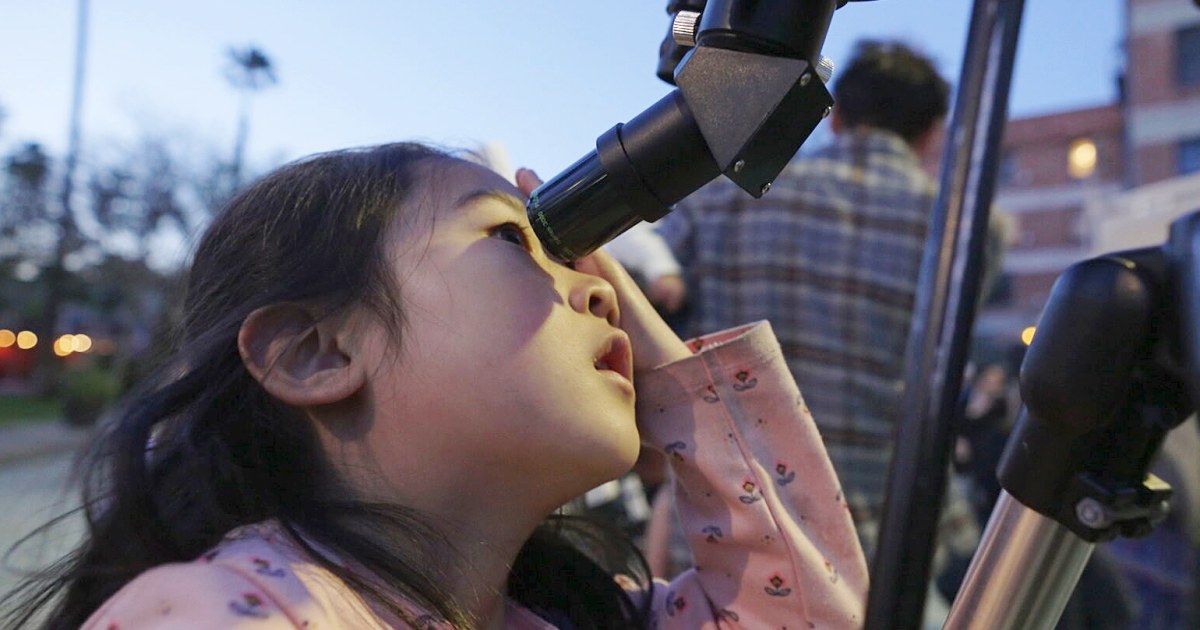
Error Detection And Correction Mechanisms
Error detection and correction mechanisms are techniques used in space and astronautical engineering to ensure the accuracy and reliability of data transmission. These mechanisms involve adding extra bits to the transmitted data to detect and correct errors that may occur during transmission. The most commonly used error detection and correction mechanisms in space and astronautical engineering are checksums, cyclic redundancy checks (CRC), and forward error correction (FEC). Checksums involve adding a simple mathematical calculation to the data that can be used to detect errors. CRC involves adding a more complex calculation to the data that can both detect and correct errors. FEC involves adding redundant data to the transmission that can be used to correct errors without the need for retransmission. These mechanisms are critical in space and astronautical engineering as errors in data transmission can have catastrophic consequences.
Your Previous Searches
Random Picks
- Signal Direction: Signal direction refers to the path that a signal takes from its source to its destination. In space and astronautical engineering, signal direction is a critical aspect of communication systems. Signals can be transmitted through various m ... Read More >>
- Passive Components: In the context of space and astronautical engineering, passive components refer to electronic components that do not require an external power source to operate. These components include resistors, capacitors, inductors, and transformers. P ... Read More >>
- CCD: CCD stands for Charge-Coupled Device. It is a type of image sensor used in space and astronautical engineering to capture images of celestial objects. CCDs are made up of an array of tiny pixels that convert light into electrical charge. Th ... Read More >>
Top News

Easter's date remains divisive. Some church leaders want that to change...
Eastern and Western churches will celebrate Easter on the same day this year, while marking 1,700 years since the Council of Nicaea unified Christian doctrine...
News Source: ABC News on 2025-04-19

In a city of stars, Los Angeles astronomy club makes sure to keep looking up...
LOS ANGELES — While Los Angeles is home to the biggest stars in the world, a monthly get-together is proving that the city’s rich and famous have nothing on the universe....
News Source: NBC News on 2025-04-18

This week on "Sunday Morning" (April 20)...
A look at the features for this week's broadcast of the Emmy-winning program, hosted by Jane Pauley....
News Source: CBS News on 2025-04-17

Scientists detect strongest hints yet of life on a distant planet...
Scientists have detected unique chemical patterns similar to those produced by the Earth's algae and seaweed — raising the possibility of the presence of a warm ocean, perhaps teeming with life, on ...
News Source: NBC News on 2025-04-17

Is there life on another planet? Scientists find the strongest evidence yet...
Near a planet far, far away astronomers have found traces of chemicals that on Earth are only produced by living beings....
News Source: Al Jazeera English on 2025-04-17